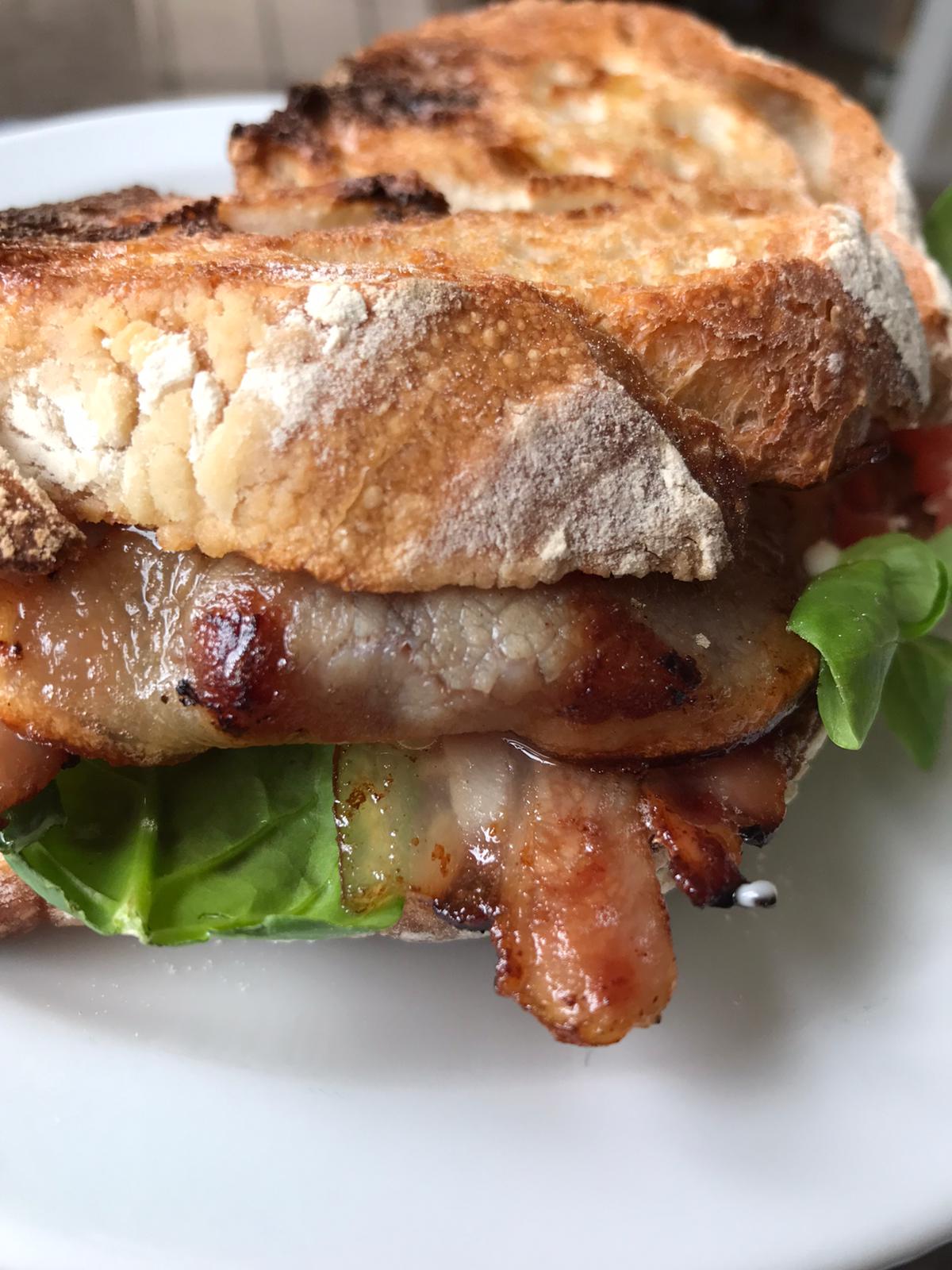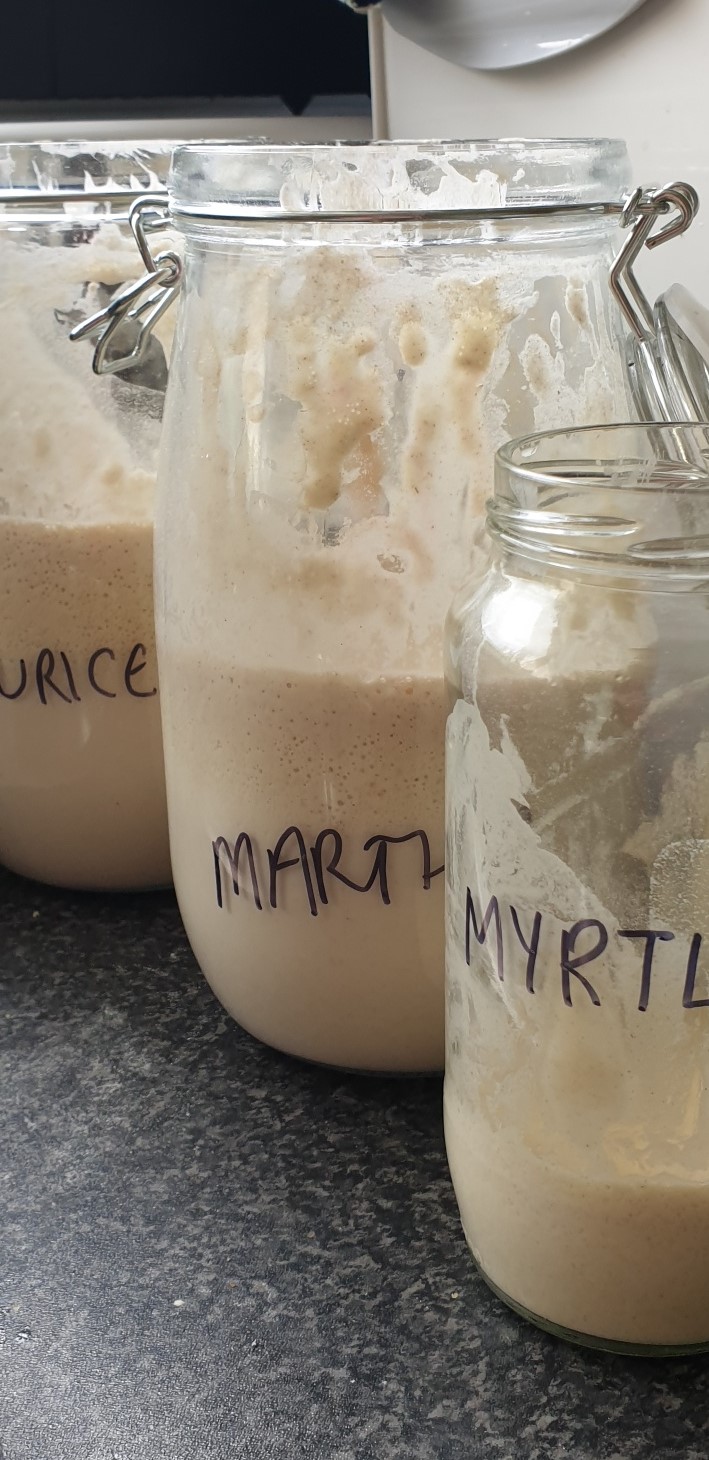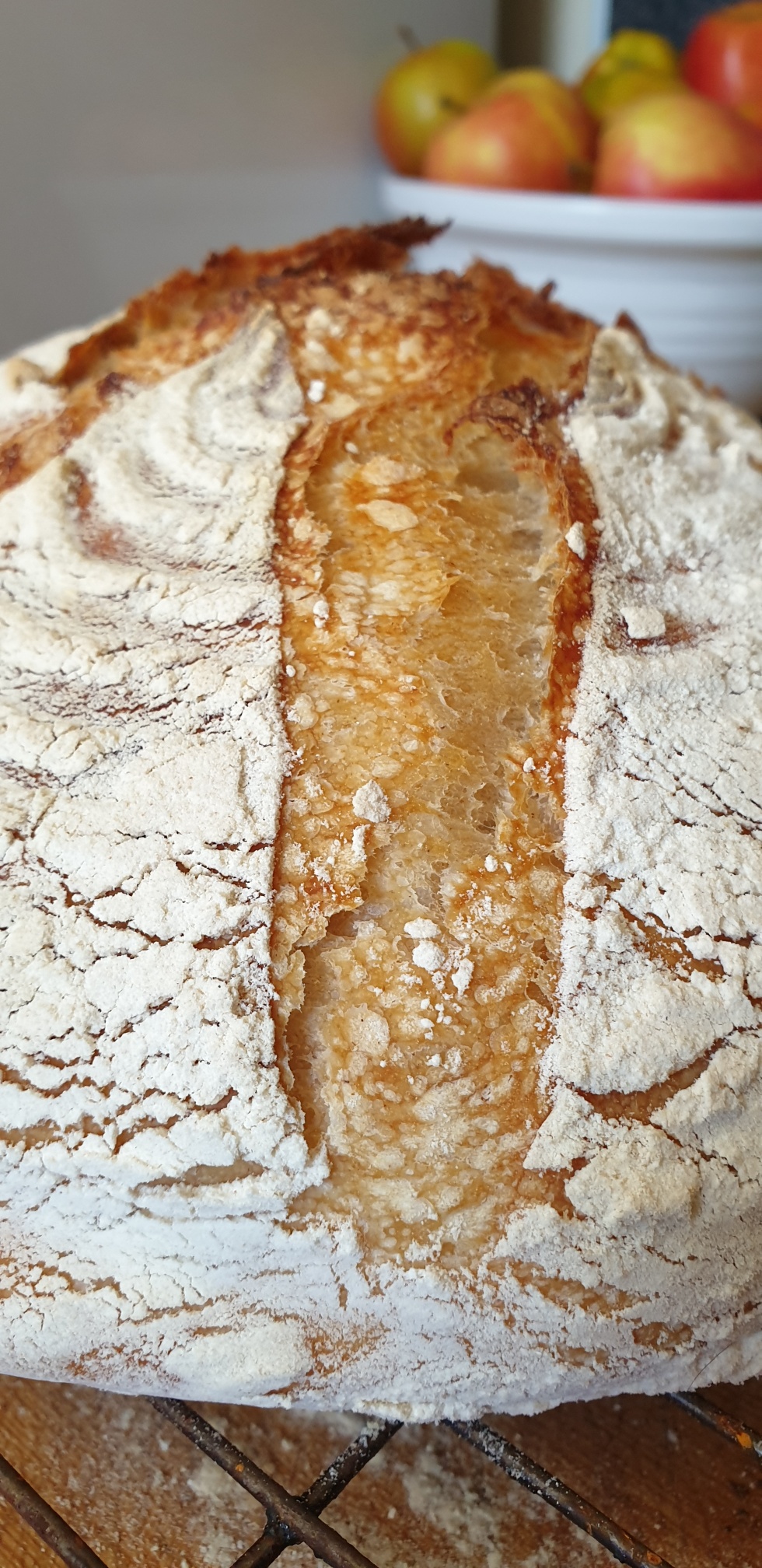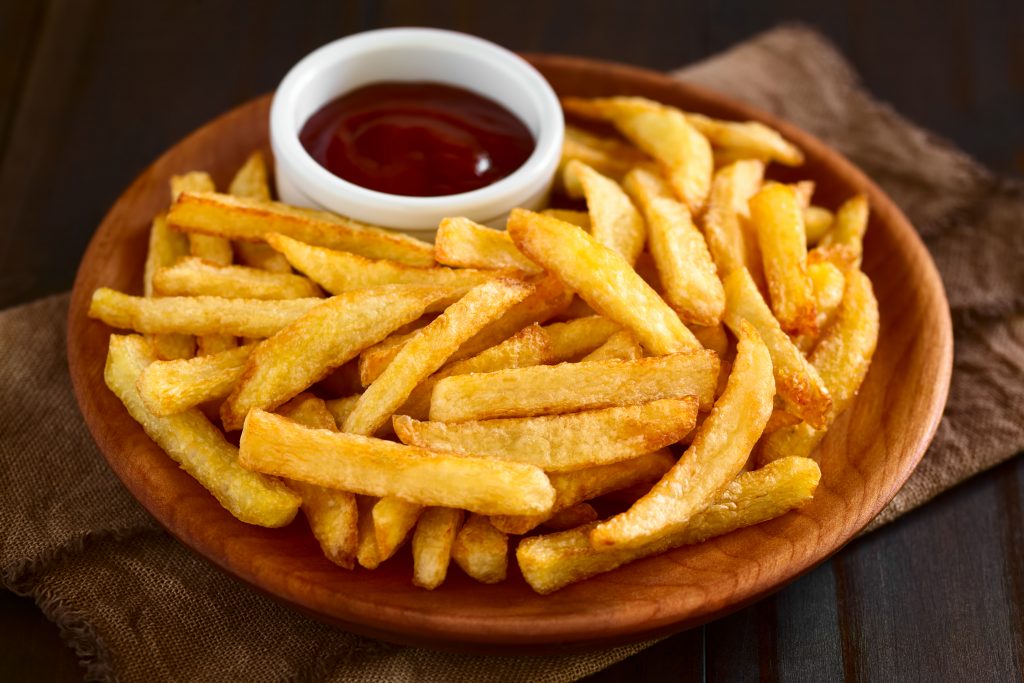How are you finding things in these strange and difficult times wherever you are in the world? I mean it, how are you?
Here at The Cooking Pages we certainly have much more free time on our hands. We have been busy with planting and getting our garden organised for the summer and autumn. This year we have tomatoes, chillis, peppers, potatoes, cucumbers, spring onions and a variety of herbs and wild fruit. We have a reduced garden size this year so it’s just a selection of yumminess.
Something we do on a daily basis is bake bread. We are a family with significant food allergies so making things from scratch is not new to us. There are many of us that are finding and developing a love of baking and it is a wonderful activity that the whole family can participate in. This goes a little way to explain the shortage of things like yeast at the moment. If you are finding yeast a difficult ingredient to get your hands on and you want to bake bread, you may want to consider sourdough.
With sourdough bread, a starter is grown and is used in place of dry yeast. The resulting bread is a crusty, delicious and tangy bread that will delight bread eaters. We enjoy it using it with everything from bacon butties to Welsh rarebit.
 Homemade bacon on our sourdough
Homemade bacon on our sourdough
In this post I’ve given your our recipe and method for growing your own sourdough starter. H, the youngest member of our family is responsible for feeding our starter and it’s something he takes very seriously.
So, get your starter growing and make a loaf.
Sourdough starter
Ingredients
- 100gms strong white flour
- 100mls tepid water
- Clear open top jar so you can see the bubbles
Method
- Begin by pouring 100gms of flour into a bowl and mix in the 100mls of lukewarm water.
- Mix well so there is no dry flour.
- Cover loosely with a tea-towel and leave in a warm spot in the kitchen.
- Stir every now and then, especially if the water and flour starts to separate.
- After a few days, you should start to see bubbles on the surface and the mix will have a slightly sour smell. This can take up to a week so some patience is needed.
- Once you see bubbles, take out half of the mixture and mix in 50gms flour and 50mls water. Continue doing this every day for a week.
- This is called feeding your starter and it’s where your starter gets its strength from.
- After a week of feeding your starter, you are good to go. The starter should taste sour and be a little fizzy on your tongue.
 Maurice, Martha and Myrtle
Maurice, Martha and Myrtle
There are a wealth of recipes and methods on the internet for how to make sourdough. There are so many in fact that it’s too hard to put just one here. We use lots of different methods depending on what we feel like doing and each of us has our own different style. So grab your starter, search the internet and experiment!
 A beautiful crusty sourdough boule
A beautiful crusty sourdough boule
